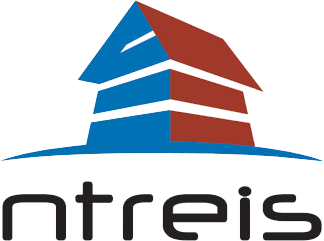The community was first settled in the early 1850s. In 1842, Thomas Keenan, Isaac B. Webb, and William Cochran received original land grants in the area. By 1843, a community called Mustang Branch had been established. Mr. Cochran later changed the name to Farmers Branch to reflect the area's rich soil and farmland. Farmers Branch was the first location of the Texan Land and Emigration Company (or Peters Colony) in 1845. This made the community one of the best-known places in Dallas County during the 1840s because of its advertising throughout Europe and the United States. Baptist minister William Bowles opened a blacksmith shop and gristmill in 1845. On May 5, 1845, Isaac B. Webb donated land for Webb's Chapel Methodist Church, the first formal place of worship in Dallas County. A school was established in the church one year later. Webb became the first postmaster at the Farmers Branch post office, which opened on January 5, 1848. It continued to function until its closure in 1866. The post office reopened in 1875. To assure that railroads would eventually pass through Farmers Branch, prominent early settler Samuel Gilbert and others sold right-of-way through their land in 1874. Around three to four years later, the Dallas and Wichita Railway completed a track from Dallas – through Farmers Branch – to Lewisville. It was absorbed by the Missouri–Kansas–Texas Railroad in 1881. The community had a population of approximately 100 by 1890 with several businesses. The population had grown to 300 during the early 1900s. A brick school building was constructed in 1916. The number of people living in the community remained stable until after World War II.
Farmers Branch was incorporated as a city after an election was held on February 23, 1946.[9] William F. (Bill) Dodson was elected as the city's first mayor. The implementation of city services began immediately after incorporation. In the 1950 census, Farmers Branch had a population of 915. In 1956, a home rule charter was approved that adopted a council-manager form of government. The rapid growth of the city during the 1950s was made apparent in the 1960 census, which recorded a total of 13,441 residents, a 1,369 percent increase over the 1950 figure. Most of the new residents commuted to nearby Dallas for employment. The population topped 27,000 by 1970. A variety of manufacturers producing items such as steel products, concrete, asphalt, cosmetics, and food products were operating in the city. The number of residents declined to 24,863 in 1980 and 24,250 in 1990. The falling population was offset, however, by the wide variety of businesses located in the city. Farmers Branch is home to a large number of corporations that have attained frontage along Interstate 635, the Dallas North Tollway, and Interstate 35E. Its Dallas North Tollway segment is part of the Platinum Corridor, and its land along Interstate 635 is an extension of the lengthy Irving Prairie office park. By 2000, the city's population had grown to 27,508


